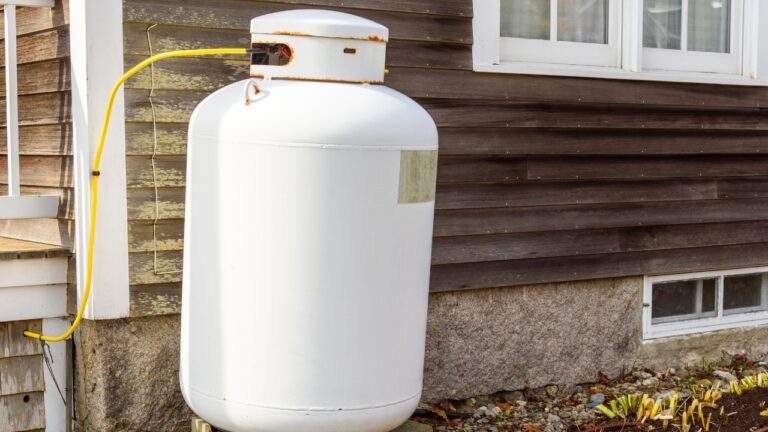10 Things You Should Never Wire Into the Same Circuit
Stacking too much on one circuit might seem fine at first—until the lights flicker, the breaker trips, or you smell something you shouldn’t. A lot of people overload circuits without meaning to, especially during renovations or when adding new appliances.
If you want your setup to stay safe and avoid future problems, these are the things that should always have their own dedicated space.
HVAC System

Your heating and cooling system pulls a ton of power. Wiring it into a shared circuit with anything else is a bad idea. Not only can it trip during peak use, but it can also shorten the lifespan of both your HVAC unit and whatever it’s sharing with.
Kitchen Outlets

All those gadgets—microwaves, toasters, coffee makers—draw more power than you think. If your kitchen is on a shared circuit with lights or other rooms, you’re asking for overloads. Each major appliance or counter outlet should be treated like it needs its own support.
Washer and Dryer

A washer and especially an electric dryer should never be paired on the same circuit as anything else. These machines are power-hungry, and adding lighting or other outlets to the same line is going to cause problems fast.
Garage Power Tools

If you’ve got saws, compressors, or any serious tools in the garage, keep them separate. They draw heavy current when starting up, which can trip the breaker even if you’re using them for short bursts. Dedicated circuits are safer and more reliable.
Window AC Units

Portable or window air conditioners can suck down amps quickly. Plugging them into shared outlets—especially in older homes—puts stress on the wiring and risks overheating. These should always be on a line by themselves.
Bathroom GFCIs

Bathrooms already require GFCI protection for safety, but the real problem comes when that GFCI is sharing with something outside the bathroom. Moisture plus power surges is a dangerous combo—keep these isolated.
Water Heater

An electric water heater should always have a dedicated 240V circuit. Wiring it in with lighting or wall outlets puts you in risky territory. Don’t be surprised if the breaker keeps tripping or the wires start heating up.
Sump Pump

This one often gets overlooked. A sump pump needs its own space—especially during a storm when other things are running. Losing power to a sump pump because someone plugged in the vacuum could lead to water damage.
Freezer or Fridge

If your deep freeze or fridge is wired in with lights or kitchen outlets, a small issue could mean spoiled food before you even notice. These should always be on a stable, dedicated circuit to avoid headaches.
Home Office Setups

Laptops, monitors, printers, and modems don’t seem like much, but it adds up. And when they share a circuit with something heavy like a heater or microwave, guess which one loses power first? Keep your tech setup isolated if you rely on it.
*This article was developed with AI-powered tools and has been carefully reviewed by our editors.







